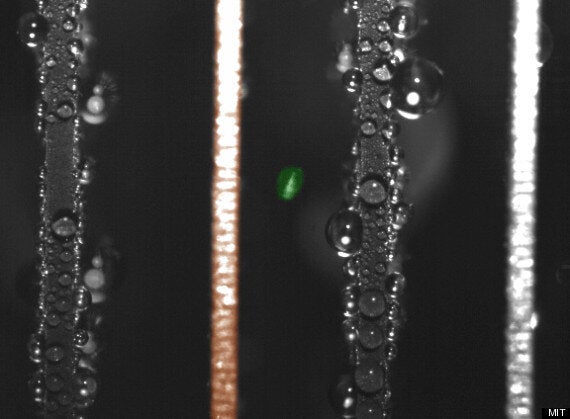Scientists at MIT have found that they can create electricity using nothing but two copper plates and some dew.
The researchers discovered that when water droplets jump away from superhydrophobic surfaces they gain a small electric charge.
Discovered by Nenad Miljkovic, Evelyn Wang and a team of two more the researchers believe the process could be used in the future to power smartphones in developing countries.

While initial testing resulted in only a very small amount of power being produced (15 picowatts), the team are confident that a sheet of metal around 50cm in length would be more than adequate to charge a smartphone in around 12 hours.
Whilst that may sound like a long time the team believes that this is just the start with Milijkovic highlighting how that the technique is based on a source that is in huge abundance.
“Water will condense out from the atmosphere, it happens naturally, the atmosphere is a huge source of power, and all you need is a temperature difference between the air and the device,”
Speaking to MIT News Chuanhua Duan, an assistant professor at Boston University believes that there's great hope for the technology which, until now, has been used for a wholly different set of reasons.
“Getting power from a condensation process is definitely a novel idea, as condensation is mainly used for thermal management. … Recent studies of condensation on superhydrophobic surfaces [have] extended its applications in self-cleaning and anti-icing, but no one has correlated condensation with energy-harvesting before.”